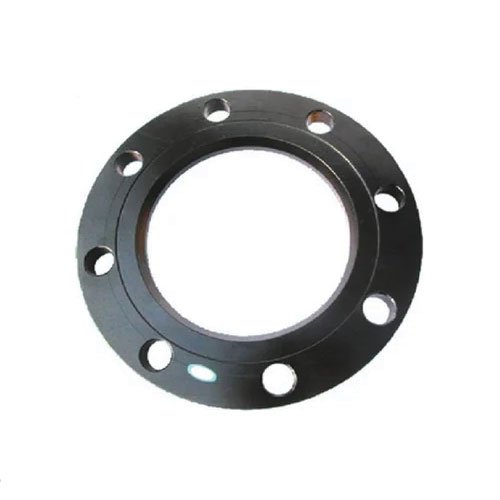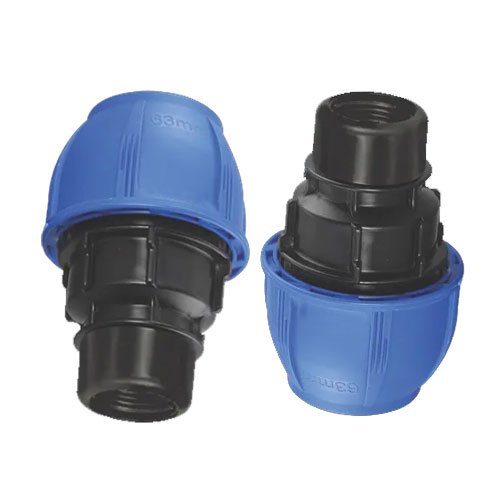In an era marked by growing environmental awareness and the urgent need for sustainable development, the construction industry stands at the forefront of innovation. Among the myriad of eco-friendly solutions revolutionizing the sector, High-Density Polyethylene (HDPE) pipes have emerged as a cornerstone of green construction practices. With their inherent durability, versatility, and recyclability, HDPE pipes offer a compelling case for promoting environmental sustainability in infrastructure projects worldwide. Let’s explore how HDPE pipes are reshaping the landscape of green construction and contributing to a more sustainable future.
The Environmental Impact of Traditional Construction Methods:
Conventional construction practices often rely on materials and techniques that exact a heavy toll on the environment. Concrete, steel, and PVC pipes, commonly used in infrastructure projects, are associated with significant carbon emissions, resource depletion, and pollution. Additionally, the manufacturing and installation processes for these materials contribute to habitat destruction, water contamination, and energy consumption, exacerbating the industry’s environmental footprint.
HDPE Pipes: A Sustainable Alternative:
In contrast to traditional materials, HDPE pipes offer a host of environmental benefits that make them a preferred choice for green construction initiatives:
- Recyclability: HDPE is a thermoplastic polymer that can be recycled multiple times without compromising its structural integrity. At the end of their service life, HDPE pipes can be reclaimed, reprocessed, and reincorporated into new products, minimizing waste and conserving valuable resources.
- Reduced Carbon Footprint: The production of HDPE pipes requires significantly less energy compared to materials like concrete or steel. Moreover, HDPE manufacturing processes emit lower levels of greenhouse gases, helping mitigate climate change and reduce the industry’s carbon footprint.
- Longevity and Durability: HDPE pipes boast exceptional resistance to corrosion, abrasion, and chemical damage, ensuring decades of reliable service with minimal maintenance requirements. Their longevity reduces the need for frequent replacements, thereby conserving materials and reducing waste generation over the lifecycle of infrastructure projects.
- Lightweight and Easy to Transport: HDPE pipes are lightweight and flexible, facilitating easier handling, transportation, and installation compared to heavier alternatives. This characteristic not only reduces fuel consumption and emissions associated with transportation but also minimizes disruption to ecosystems during construction activities.
- Leak-Free Joints: The fusion welding technique used to join HDPE pipes creates seamless, leak-proof connections that prevent the loss of valuable resources, such as water or natural gas. This enhances operational efficiency and reduces the environmental impact of infrastructure systems.
Applications Across Sustainable Development Initiatives:
HDPE pipes find diverse applications across a wide range of sustainable development initiatives, including:
- Water Management: From potable water distribution to stormwater management and wastewater treatment, HDPE pipes play a crucial role in conserving and efficiently managing water resources.
- Renewable Energy Infrastructure: HDPE pipes are used in the construction of renewable energy projects, such as solar farms and geothermal installations, where their durability and resistance to environmental factors are paramount.
Green Building Construction: Architects and builders incorporate HDPE pipes into green building designs to achieve LEED certification and reduce the ecological footprint of residential and commercial structures.
Future Outlook and Innovation:
The growing demand for sustainable construction solutions drives further innovation and advancement in the development of HDPE pipes.Ongoing research focuses on enhancing the performance, recyclability, and eco-friendliness of HDPE materials, paving the way for even greener infrastructure solutions in the years to come.
HDPE pipes exemplify the transformative potential of green construction practices in mitigating environmental impact and promoting sustainable development. By embracing these eco-friendly alternatives, the construction industry can reduce resource consumption, minimize pollution, and create infrastructure that meets the needs of present and future generations. As we strive to build a more sustainable world, HDPE pipes stand as a beacon of innovation and environmental stewardship, driving positive change in the built environment and beyond.







